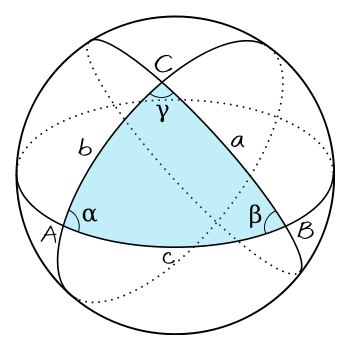Ap chem question?
1 Answer
a.)
b.)
c.)
d.) It should be closer to
Explanation:
a.) We want to know which one is limiting and which one is in excess for this. So we need to calculate moles of each reactant:
For
For
So there will be excess
b.) Let's use the ideal gas law for this, we want to find total pressure as the stopcock is opened, so:
Now partial pressures are dependent on mole fractions of each component, so the mole fraction of
c.) Again we can use ideal gas law, but some parameters have changed, as we lost moles of gas. Now it looks like this:
The 0.157 came from the excess moles of
d.) Ammonium will form where the gases meet, so we need to determine how much volume the gases will take up. We can use the pressures to estimate it,
So in the line
Hope this helps!

